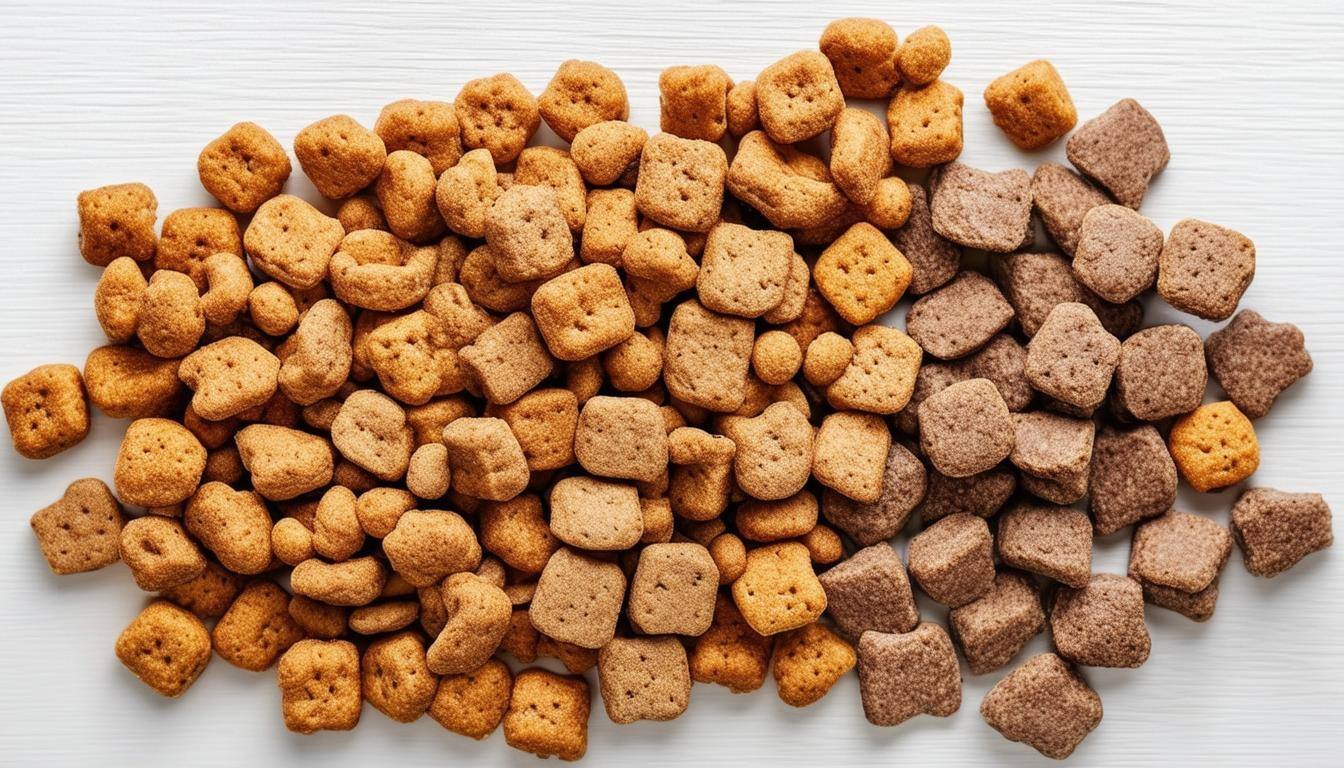The regulation of pet food in the United States is primarily overseen by the Food and Drug Administration (FDA). These regulations are crucial for ensuring the safety, quality, and labeling of pet food products. Compliance with these standards not only protects the health of pets but also fosters consumer confidence in the products available on the market.
The Foundation of FDA Regulations
The FDA operates under the Federal Food, Drug, and Cosmetic Act (FFDCA), which provides the legal framework for regulating pet food as a special category of animal feed. Within this framework, the FDA classifies pet food as food intended for animals, which includes both domesticated pets and livestock.
Definitions and Classifications
Understanding the terminology is essential for compliance. The FDA defines pet food as any product intended for consumption by pets, including:
- Dog Food
- Cat Food
- Specialty Diets (e.g., veterinary diets)
- Treats and Chews
Each category may have specific requirements based on its intended use and target species.
Labeling Requirements
One of the most critical aspects of FDA regulations is labeling. Pet food labels must provide clear and accurate information to consumers, which includes:
- Product Name: Must accurately reflect the content and intended use.
- Ingredient List: Ingredients must be listed in descending order by weight, with the most prominent ingredient first.
- Nutritional Adequacy Statement: A statement indicating whether the food meets the nutritional standards established by the Association of American Feed Control Officials (AAFCO).
- Feeding Guidelines: Recommendations for appropriate serving sizes and feeding practices.
- Contact Information: Manufacturers must provide their address and phone number for consumer inquiries.
Quality Control and Safety Standards
Pet food manufacturers are obligated to adhere to strict quality control measures to ensure the safety and efficacy of their products. The FDA requires that:
- Good Manufacturing Practices (GMP): Manufacturers must maintain sanitary and effective production processes.
- Hazard Analysis and Critical Control Points (HACCP): Systems must be in place to identify potential hazards and implement controls to mitigate risks.
- Recall Procedures: Companies must have effective procedures for recalling contaminated or unsafe products.
Ingredient Regulations
The FDA has specific regulations regarding the types of ingredients that can be used in pet food. Notably, ingredients must be safe for consumption and should not pose health risks to animals. Some key points include:
- Prohibited Ingredients: The use of certain ingredients, such as those that are deemed toxic or unfit for animal consumption, is strictly prohibited.
- Acceptable Ingredients: Ingredients must be sourced from suppliers that comply with FDA standards.
- By-Products: While by-products can be included, they must be clearly defined and safe for animal consumption.
Enforcement and Compliance
The FDA enforces pet food regulations through inspections, sampling, and investigations. When violations are identified, the FDA may take various actions, including:
- Warning Letters: Issued for minor violations, alerting manufacturers to compliance issues.
- Seizures: In cases of severe violations, the FDA can seize products that do not meet safety standards.
- Recalls: Mandatory recalls may be issued if a product poses a significant health risk.
Recent Developments and Trends
The landscape of pet food regulations is evolving. Recent trends include:
- Natural and Organic Ingredients: There is a growing consumer demand for pet foods made with natural and organic ingredients, prompting the FDA to examine the regulatory implications.
- Functional Pet Foods: Products designed to provide specific health benefits, such as joint support or weight management, are gaining popularity, leading to discussions about labeling and ingredient transparency.
- Pet Food Safety Initiatives: The FDA has launched initiatives aimed at improving pet food safety, including collaboration with state regulatory agencies and industry stakeholders.
Conclusion
Understanding and complying with FDA pet food regulations is essential for manufacturers looking to ensure the safety and quality of their products. By adhering to these regulations, companies can protect the health of pets while fostering trust among consumers. As the pet food industry continues to evolve, staying informed about regulatory changes and emerging trends will be vital for success.





.webp?width=1644&height=1254&name=Food%20Safety%20Dashboard%201%20(1).webp)
